
Plant transpiration is a crucial process in the water cycle, playing a significant role in maintaining the balance of ecosystems and influencing weather patterns. Transpiration involves the movement of water within plants and its subsequent evaporation from aerial parts, such as leaves, stems, and flowers.
What is Plant Transpiration?
Transpiration is the process by which moisture is carried through plants from roots to small pores on the underside of leaves, where it changes to vapor and is released into the atmosphere. This process is essential for several reasons, including the cooling of plants, the uptake of nutrients, and the maintenance of water flow from roots to leaves.
The Mechanism of Transpiration
The mechanism of transpiration begins with the absorption of water by plant roots from the soil. This water travels through the plant’s vascular system, known as the xylem, reaching the leaves. When stomata, tiny openings on the leaves, open, water vapor escapes into the atmosphere. This loss of water vapor helps create a negative pressure within the plant, which aids in drawing more water from the roots.
Factors Affecting Transpiration Rate
Several factors influence the rate of transpiration in plants. These include temperature, humidity, wind, and light. For instance, higher temperatures can increase the rate of evaporation, thus enhancing transpiration. Similarly, wind can remove the humidity around leaves, promoting more water vapor to escape. On the other hand, high humidity levels can reduce the rate of transpiration since the moisture gradient between the leaf interior and the atmosphere is lower.
Importance of Transpiration in the Water Cycle
Transpiration significantly contributes to the water cycle by returning water vapor to the atmosphere. This process is crucial for cloud formation and precipitation, which in turn replenishes water sources on Earth. Furthermore, transpiration helps regulate temperature and maintain atmospheric moisture levels, influencing local and global climates.
The Role of Transpiration in Plant Health
Beyond its environmental impact, transpiration is vital for plant health. It facilitates the movement of nutrients from the soil to various parts of the plant, ensuring proper growth and development. Transpiration also helps in cooling plants, preventing overheating under sunlight.
Transpiration and Climate Change
Climate change can impact transpiration rates through alterations in temperature, humidity, and precipitation patterns. Understanding these impacts is essential for managing water resources and predicting agricultural productivity in changing climates.
Conclusion
Plant transpiration is a fundamental component of the water cycle with significant implications for both ecosystems and climate. By understanding its mechanisms and effects, we can better appreciate the interconnectivity of natural processes and the importance of plants in sustaining life on Earth.
Plant transpiration is a crucial process in the water cycle, influencing weather patterns. Transpiration involves the movement of water within plants and its evaporation from leaves. The mechanism of transpiration begins with the absorption of water by plant roots from the soil. Several factors, including temperature and humidity, affect the rate of transpiration. Transpiration significantly contributes to the water cycle by returning water vapor to the atmosphere. Transpiration helps in cooling plants and facilitating nutrient movement, ensuring plant health. Climate change can impact transpiration rates through alterations in environmental conditions. 
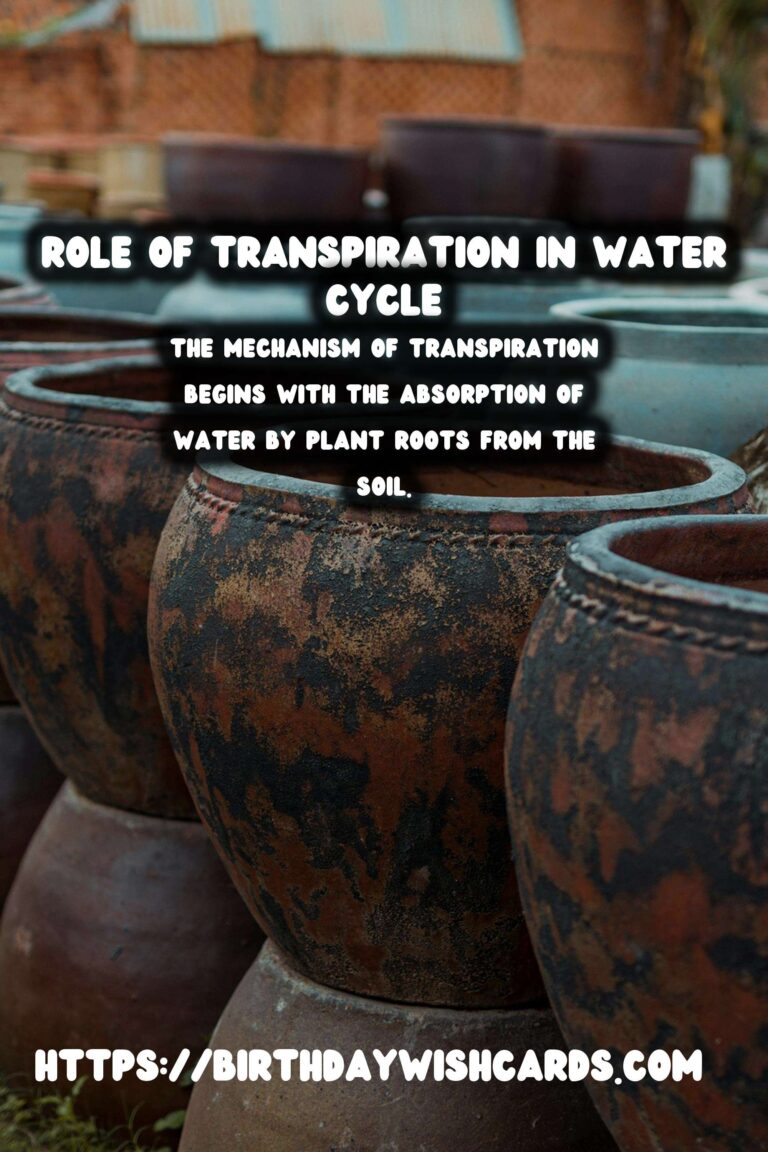
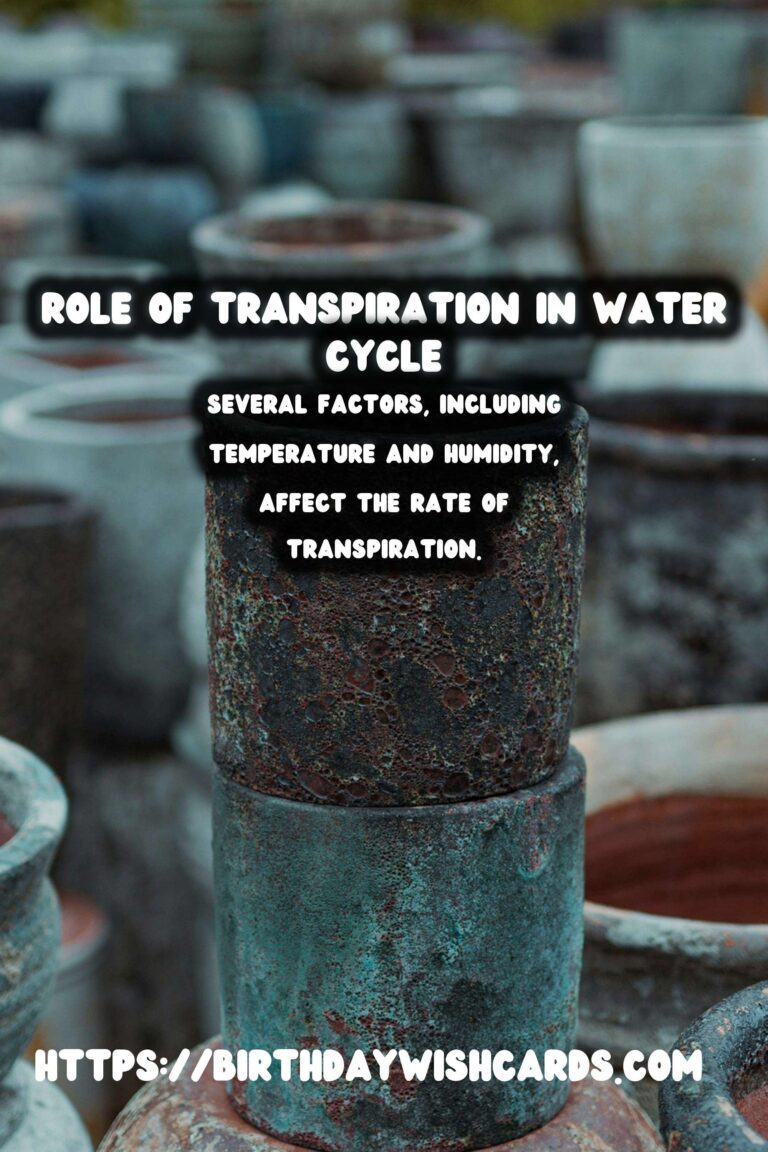


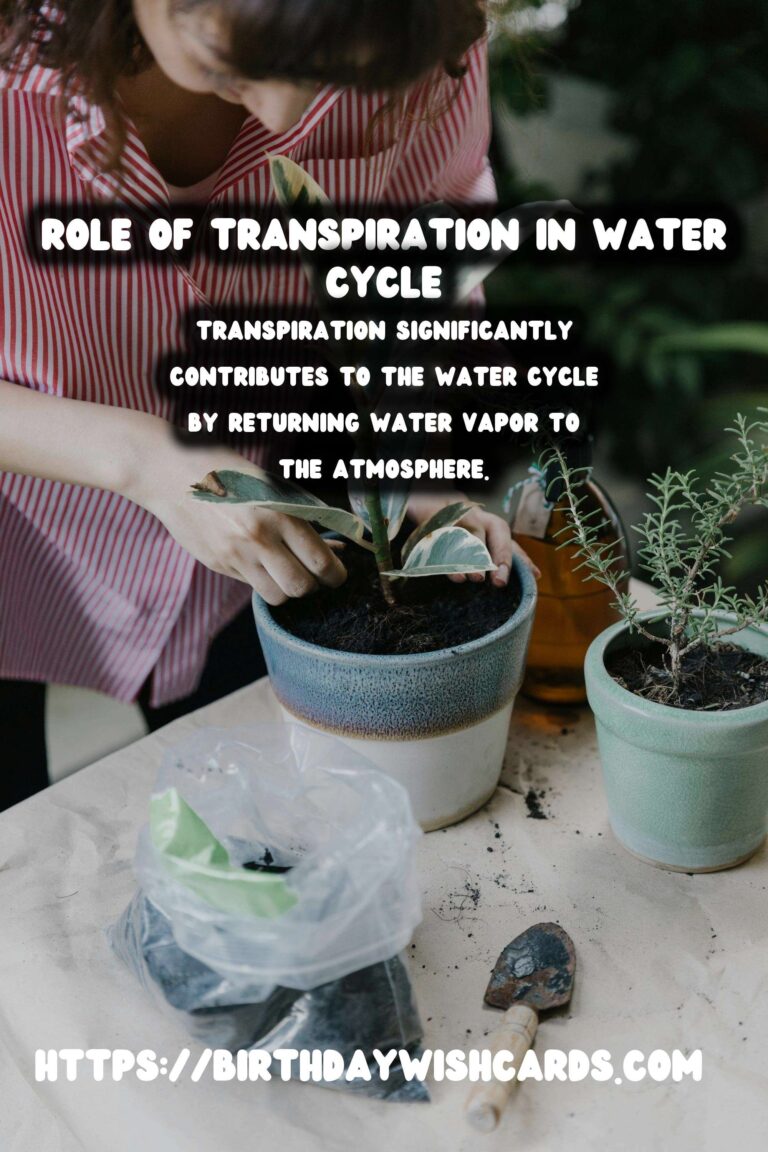

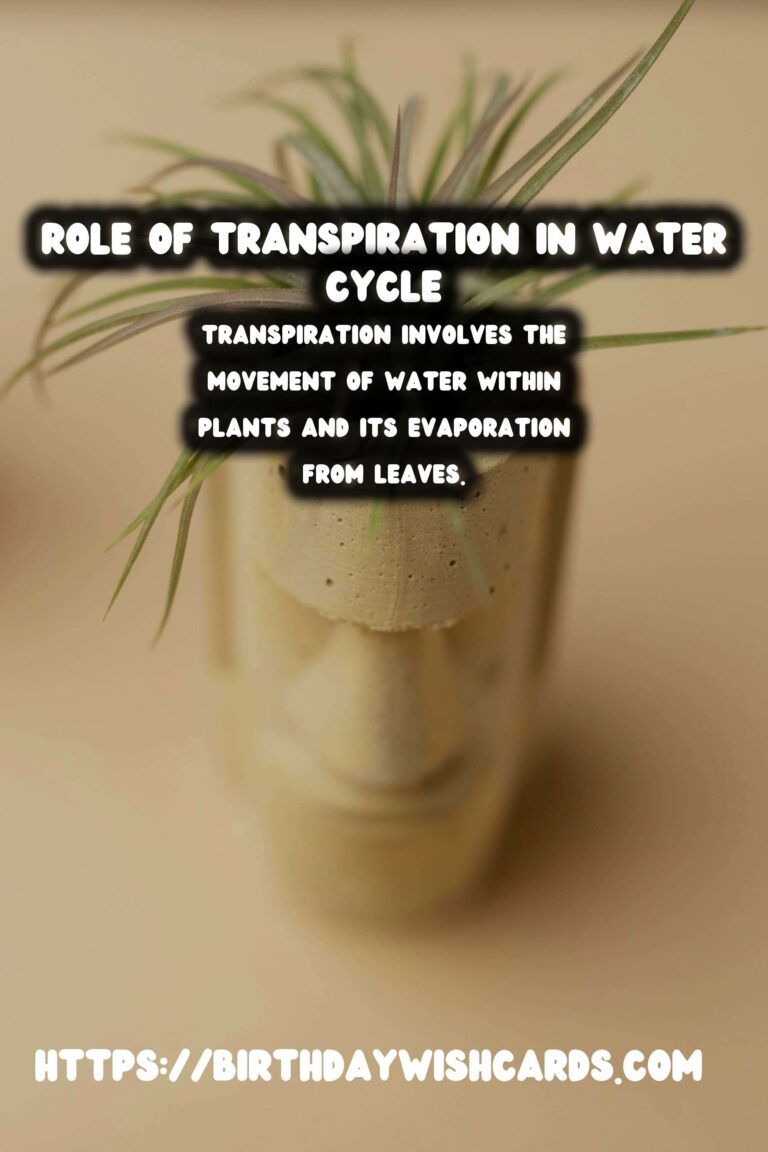

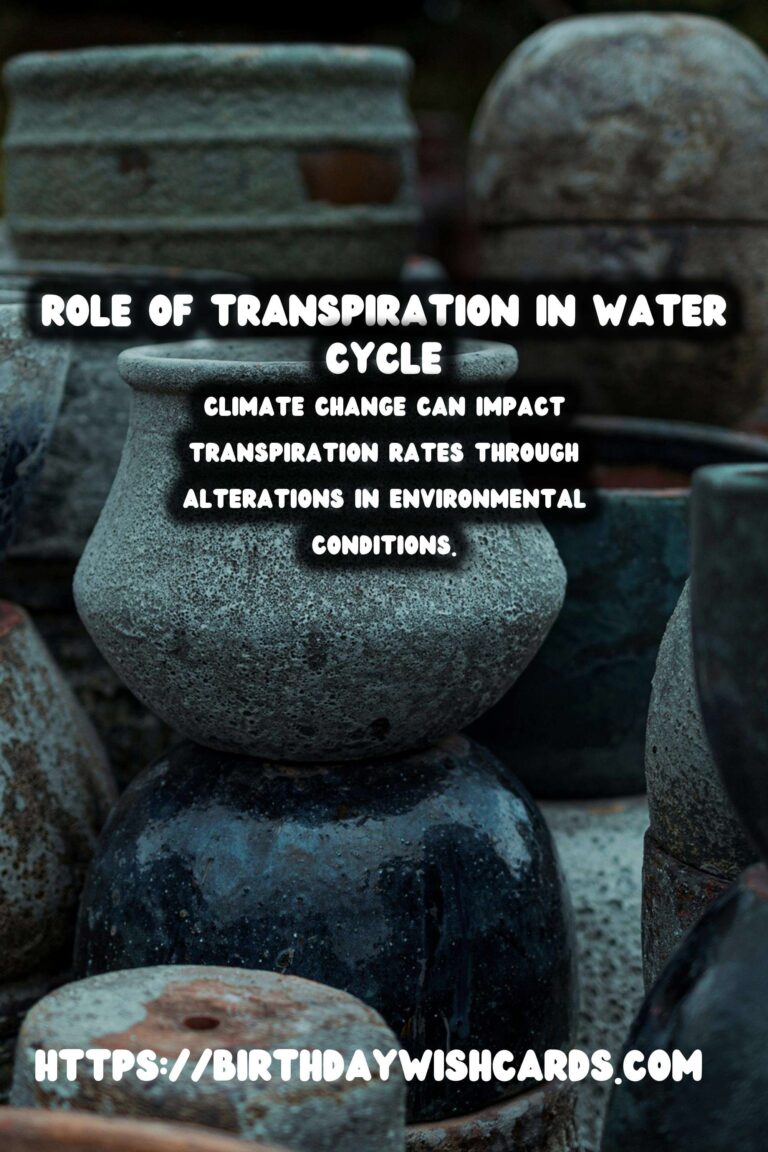
#PlantTranspiration #WaterCycle #Ecosystem #ClimateChange #EnvironmentalScience




